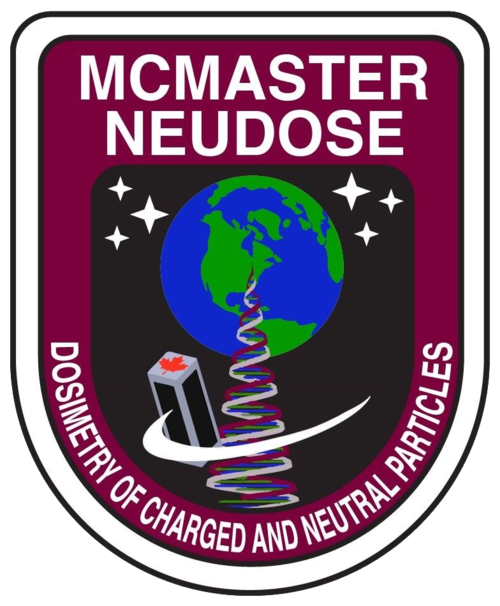As the year begins to draw to an end, we reflect on our progress and challenges overcome throughout the year. One example of progress in our NEUDOSE mission is in our Pressure Vessel Enclosure, designed by our Mechanical team. The picture above shows the design iterations (in order from left to right). As the project progressed, certain parameters continued to change/develop. Some of these design constraints include: Space requirements, strength of the material, load capabilities, and ease of integration. Our experienced team adapted to these changes and proceeded to apply their skills and knowledge, refined at school here at McMaster University, to the design changes.
Fun Fact: Theoretically, a sphere is the optimal shape of a pressure vessel due to the even stress distribution. However, due to the difficulty and cost of manufacturing a perfect sphere, often cylinders with rounded ends are used.














